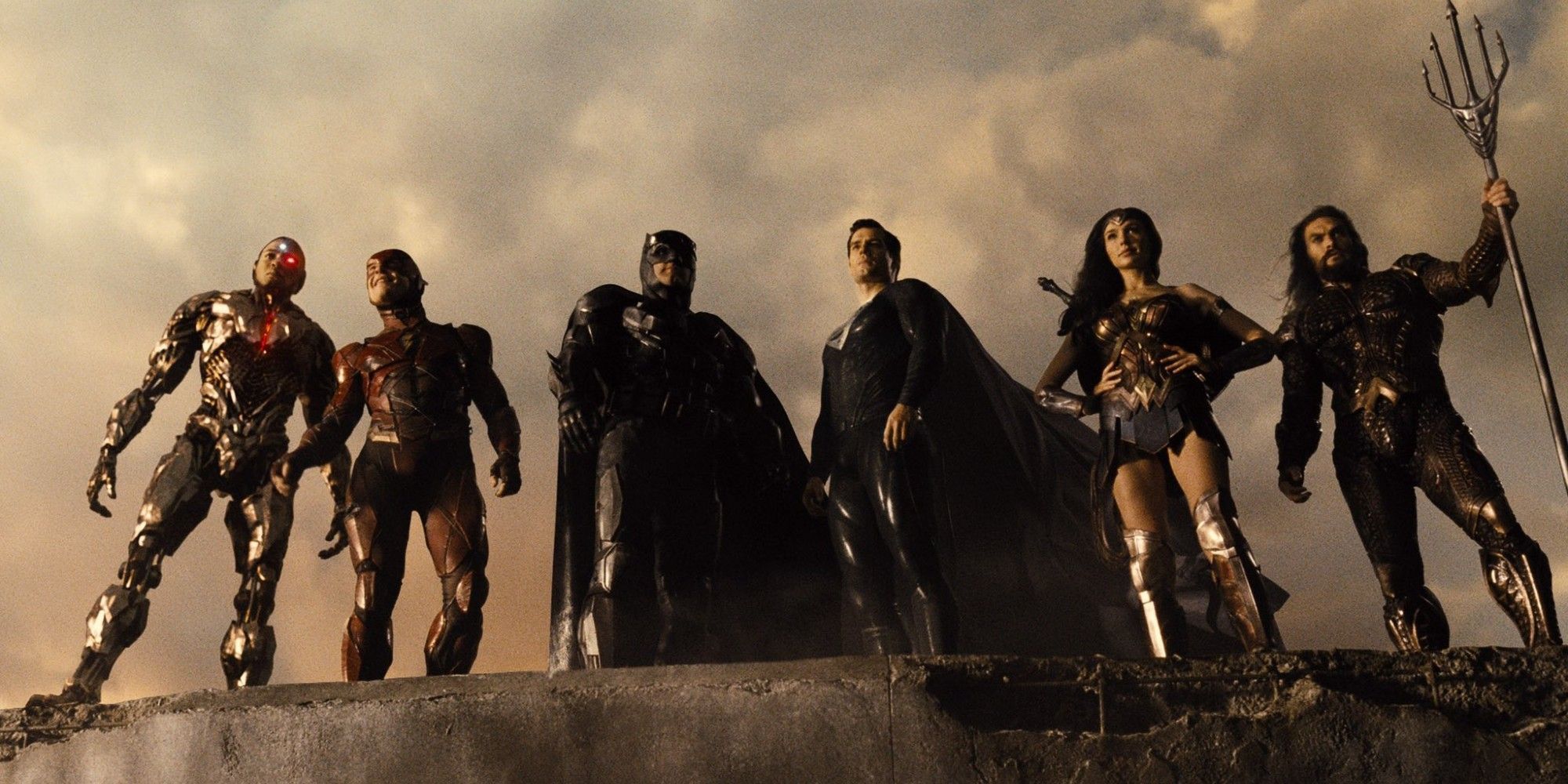Table of Contents Show
With the Snyder Cut’s release in late March, a veritable feast of new content was expected from the four-hour feature that was chopped in the 2017 theatrical cut of Justice League. Among the new storylines and glitzy effects that were added, what really shone through was Zack Snyder’s added devotion to character development and complexity in the movie. His take on Justice League actually gave viewers a Justice League with depth and development.
The Flash
In Zack Snyder’s Justice League, Barry Allen received much deserved additional screen time that developed his character in various respects. Unlike Marvel’s 2012 The Avengers team-up film, Justice League had only established three of its six main heroes in prior films — Batman, Wonder Woman, and Superman. Thus The Flash, Cyborg, and Aquaman didn’t have the same rapport and development with audiences yet. While it worked out that Aquaman received his own solo outing after the initial Justice League came out, The Flash and Cyborg were still essentially untouched. However, Zack Snyder did a lot to give Barry Allen compensatory screen time and character background to remedy his coming in the cold. For one, we received an entire scene early in the film following Barry’s attempt to take a job at a doggy daycare — a sequence entirely neglected in the theatrical cut.
While it was rewarding to see more of this cinematic Barry’s awkwardness and disorganized intelligence, this scene depicted two more important elements of The Flash mythos. One, this was our first surreal depiction of Barry using his speed in a heroic situation, as he saved a woman from a truck collision. And two — that woman was Iris West (played by Kiersey Clemons), The Flash’s love interest in most Flash stories. Setting this scene in Central City too — The Flash’s base of operations — served to ground Barry Allen as a character whose life and mythos extend beyond the confines of the events of Justice League. Even disregarding how such differentiation served to remind audiences The Flash solo movie should be coming out within the next few years, it was important to see The Flash as a character with external struggles and context from a planet-devastating conflict.
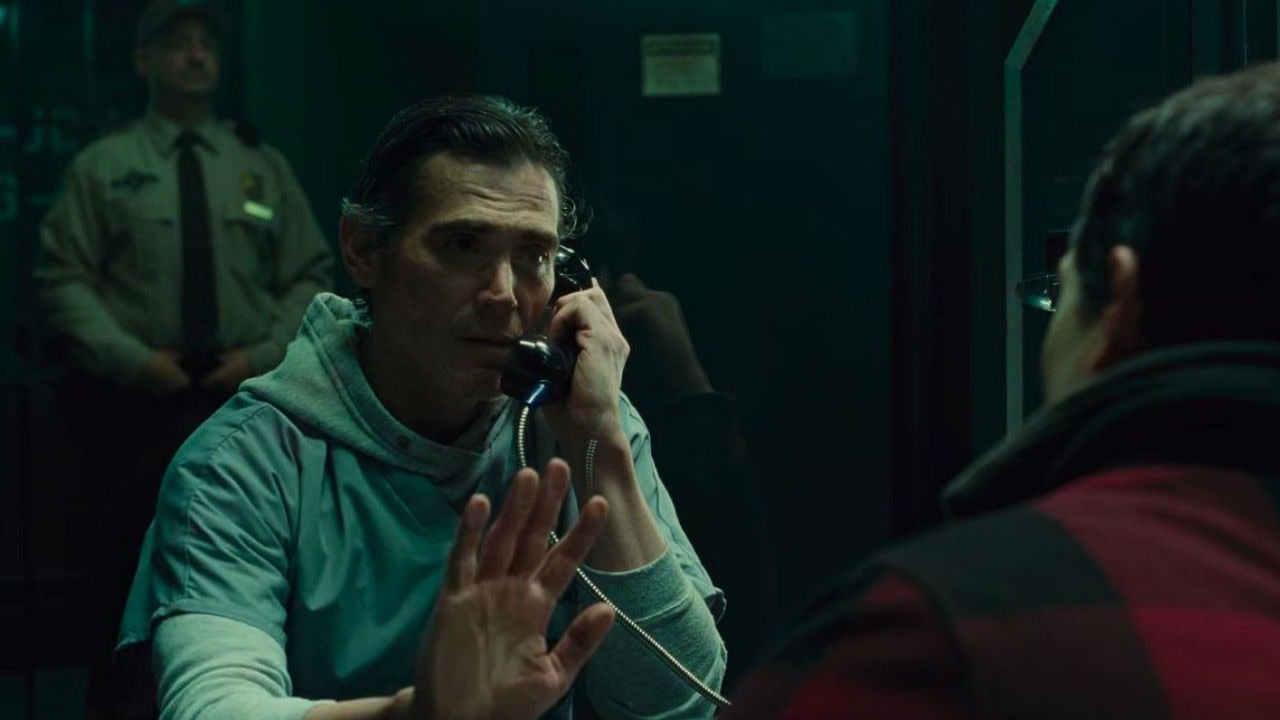
The other big Flash inclusion Zack Snyder made in the film occurred during the final battle against Steppenwolf and the Mother Boxes. The Flash was charged with building up enough charge to aid Cyborg in disrupting the Mother Boxes. In the process, he was wounded by a Parademon, giving the Mother Boxes the time to unite and begin terraforming Earth. It was at this crisis point that Snyder’s possibly biggest contribution to the Flash character in the film is made. The world was stripped away as Barry presumably entered the Speed Force, activated his speed healing, and forced himself to run so fast that time unwound before him. Not only was this moment cinematic and spine-tingling for hardcore and casual fans alike, but it highlighted Barry’s heroic and personal character development throughout the feature.
In both versions of Justice League, Barry started as just a struggling young man with superspeed. His father, Henry Allen (played by Billy Crudup), urged him to do something with his life when he visited him in prison, calling him the “best of the best” and admonishing him to “make his own future” (( Zack Snyder’s Justice League. HBO Max. Warner Bros Media, 2021. )). From his makeshift superhero headquarters in an abandoned warehouse to just his awkward and immature demeanor throughout the film, Barry showed that even though he had potentially limitless power, he clearly did not feel as if he fit the bill of bona fide superhero. However, at that moment, when the fate of the world rested on his shoulders and legs, he managed to step up to the plate. In a solo commentary to himself as he ran, he responded to his father’s advice and — through his actions — displayed confidence and determination that was not present earlier.
This final, awesome display of The Flash’s abilities presented audiences with a decisive spike in his personal and heroic journey in Justice League. Thus far, for a hero whose singular film appearance consisted of only this film, we saw The Flash learn and change a lot even as we witnessed the stories of five other heroes alongside him. Fortunately, he will see more of him in his upcoming solo film, which will adapt the iconic comic storyline “Flashpoint.” This closer attention paid to individual characters wasn’t only limited to The Flash, however.
Cyborg
Given that Justice League was both The Flash’s and Cyborg’s introductions into DC’s current universe of films, it was perhaps unsurprising that the level of attention paid to their character developments was similar. In fact, their journeys seemed intertwined at times, and in different ways, each hero came into their own in a much more definitive manner in the Snyder Cut. The foundation of Cyborg’s character arc was more or less the same in both Justice Leagues. He was resentful to his father for saving his life in such an unnatural and terrible way, but in the Snyder Cut, it was revealed that this bitterness also stemmed from the classic father-spends-more-time-at-work-than-with-his-family characterization of Silas Stone (played by Joe Morton) and the fact that Victor’s mother actually died in the crash that nearly cost him his life.
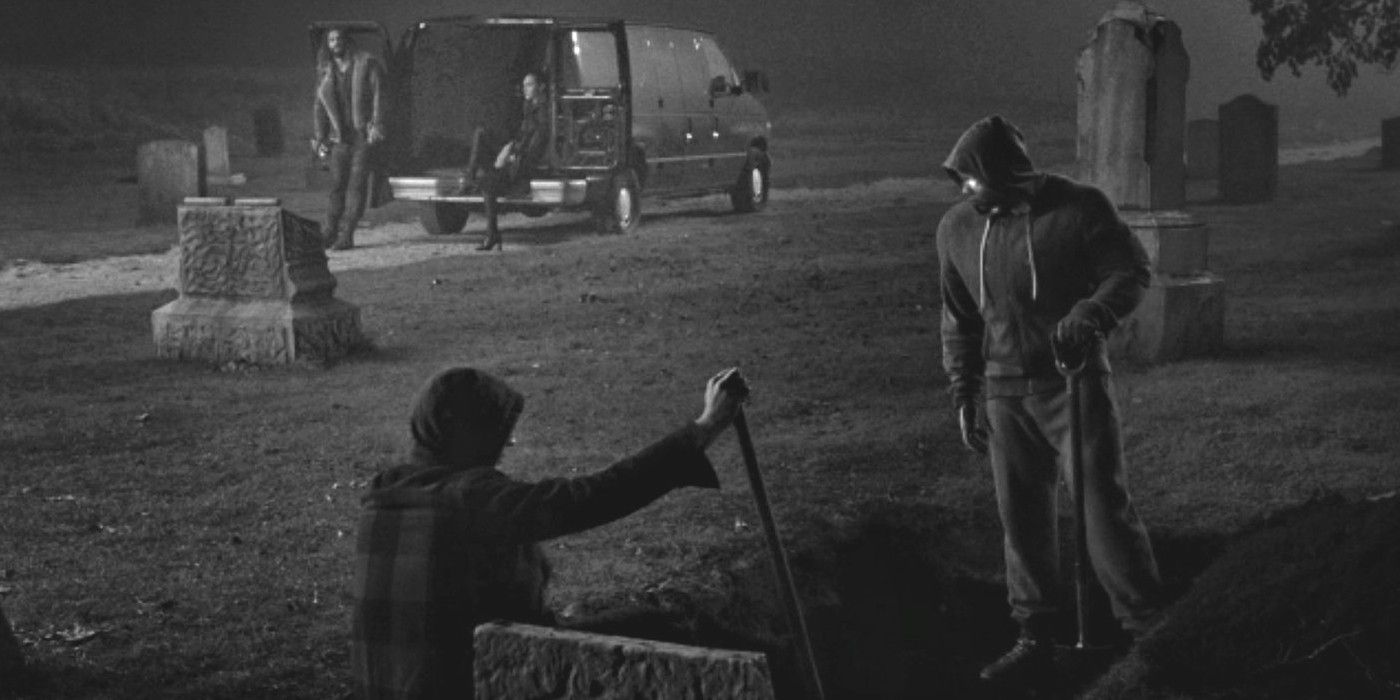
This helped flesh out the estranged relationship between Victor and Silas and provided audiences with more reason to empathize with both men. The complexity of their relationship was developed in greater detail through all the acts of the Snyder Cut. In one scene, Silas helped Victor become familiar with his newfound abilities through a voice recording. However, as soon as Silas began to discuss his own fatherly advice to Victor, Victor crushes the device, showing he wasn’t quite ready to forgive and see his father as a true paternal caretaker then.
Their interactions continued in a few extra scenes, such as the extended rescue mission under Gotham Harbor, where Victor rescued his father from Steppenwolf. Another such pivotal interaction occurred when the Justice League broke into Star Labs to resurrect Superman, and Victor acknowledged Silas’s assistance in helping them proceed undetected. Surprisingly, the growth of their relationship didn’t even end when Silas sacrificed himself to help the League track the Mother Box. Among the final scenes of the film, we saw Victor reconstruct the recording device he’d broken earlier and continue his father’s message to his son. In this tape, he not only admitted to mistakes he’d made with his family but expressed his pride and hope in his son’s future, a summative vocalization of both the struggles and triumphs of their relationship. This resolution of their relationship was closely tied with Cyborg’s own struggle to accept himself throughout the Snyder Cut.
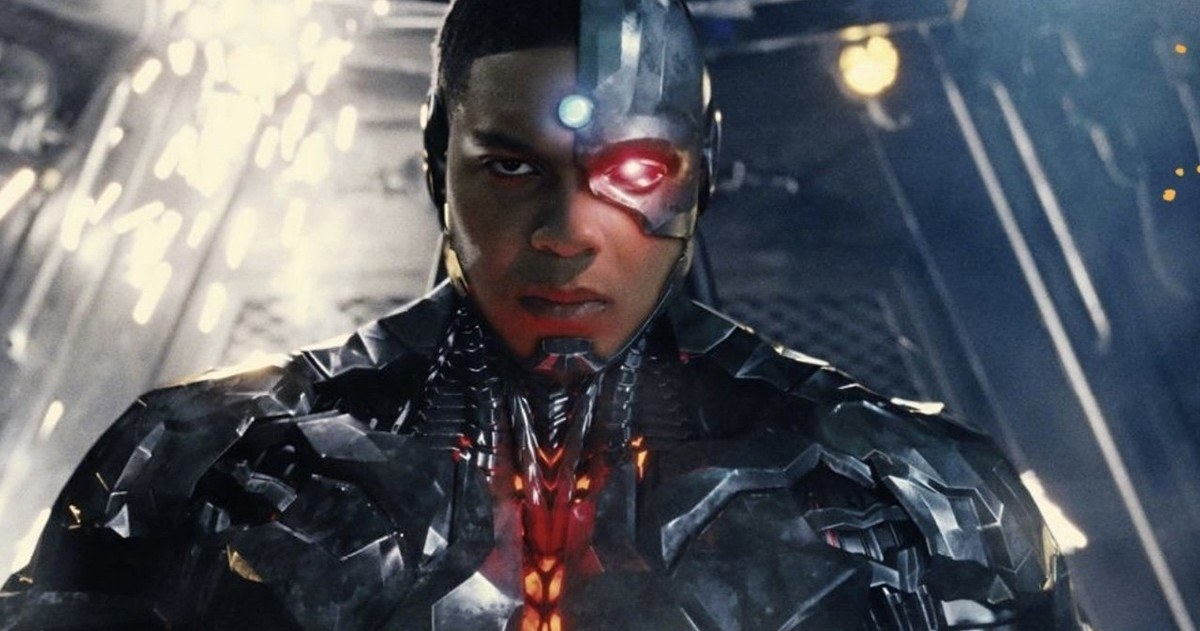
Cyborg’s resentment to his father was closely related to his own self-loathing from his transfigurement by the Mother Box. Whereas he used to be a college football star, he became mostly machine and a recluse, a far fall in his eyes from his glory days. While also apparent in Whedon’s version, this struggle with self-acceptance didn’t see any satisfying resolution there. The Snyder Cut portrayed Cyborg’s personal character arc in much greater detail and various ways. We saw him begin to come to terms with being a hero in the Batcave scene when he decided he needed to interface directly with the Mother Box, an effort that had a high chance of backfiring on him. This seemed to coincide with developments in the father-son relationship, as his decision came pretty close on the heels of his father’s sacrifice right in front of him. One could make a strong argument that his decision to accept his father for who he was helped catalyze developments in his own journey of self-acceptance.
Then, of course, the scene when he truly came into his own as both a cyborg and a hero occurred right after Flash ran back in time, a hard-to-miss parallel. In a surreal transition from Flash’s heroic moment straight to Cyborg’s, we entered Cyborg’s mind through his technological eye. In this scene, the final battle against the Mother Boxes doubled as Cyborg’s final battle against his resentment towards his new life. He recognized that not only was he a whole person, his new condition actually brought him together with the Justice League and gave him a community to belong to. This scene beautifully illustrated that even though he had endured so much tragedy, he had come to terms with his new role in life and the life he’d left behind.
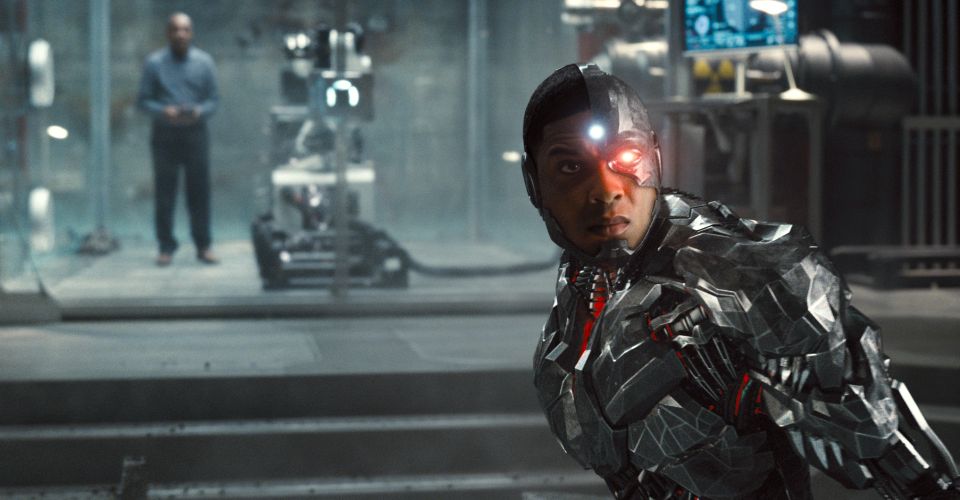
Thus he was able to dismantle the Mother Boxes. In a more physical realization of his development, he later shed the cloak he wore to visit his parents’ grave and flew into the Gotham night in all his mechanical glory. His and The Flash’s transformations both worked in the context of the film because as they worked to reconcile their new identities with whom they’d previously seen themselves as so the Justice League itself was developing its identity and finding its place. Furthermore, their youth and inexperience contrasted well with the older heroes’ wariness and more dominant personas, helping to reflect on how all the characters changed by the end. Truly, Zack Snyder certainly made use of the added runtime in his cut to do justice to the Justice League.
Aquaman, Superman, Wonder Woman, & Batman
Aquaman received his own solo movie a year after Justice League came out in theaters. Therefore, his extended storyline in the Snyder Cut didn’t do much more to deepen his character for fans than his own movie did. However, it did precipitate the issues that would arise in that movie more apparently, especially in the added scene with Vulko (played by Willem Dafoe) at the Atlantean king’s statue. So, similarly to Snyder’s changes to The Flash’s arc, we saw more of Arthur Curry outside of his involvement with the Justice League to help establish his own world and life more fully. Wonder Woman and Superman both had their solo movies before both versions of Justice League were released, so the heavy lifting for their character development had more or less been done for audiences already.
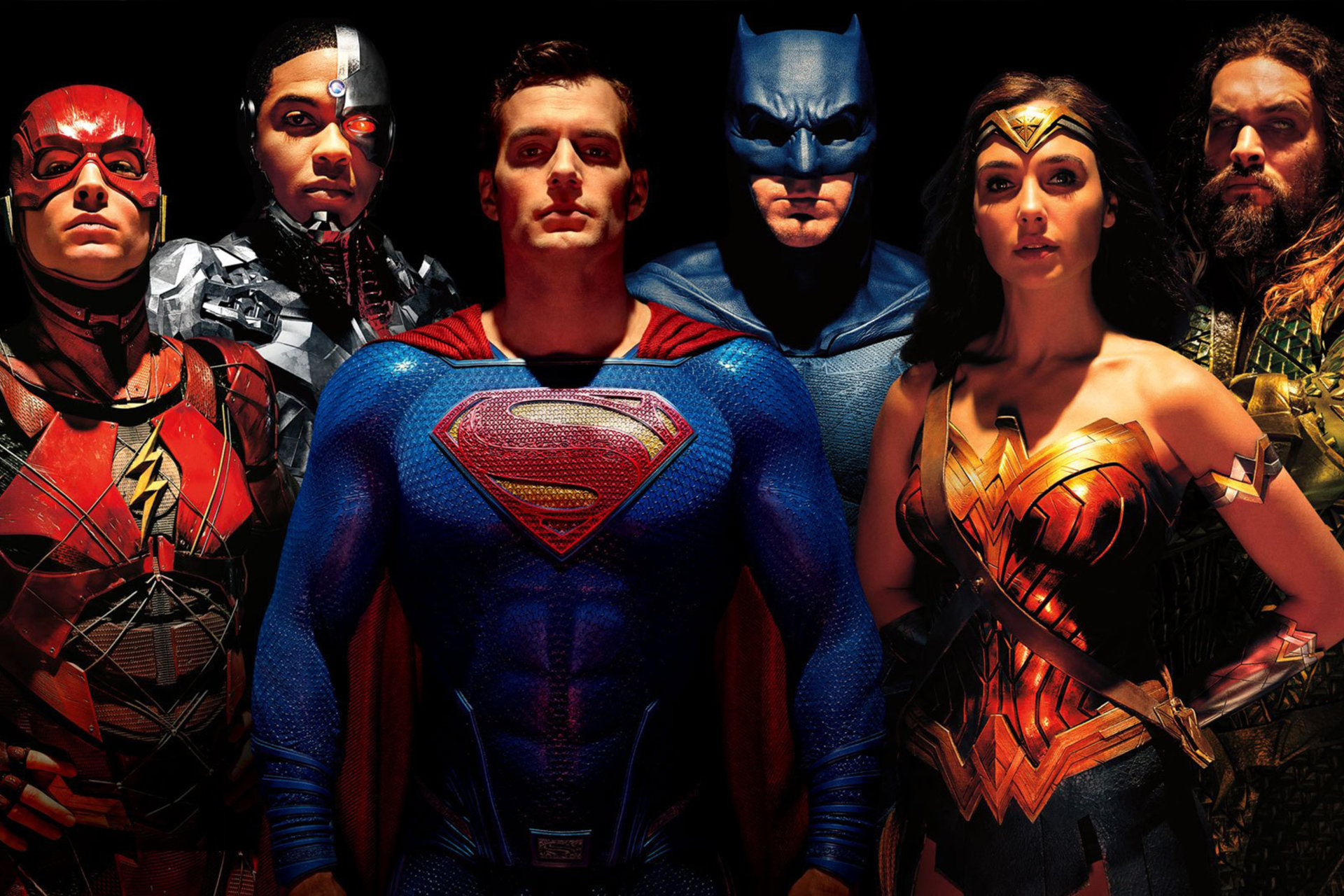
In the Snyder Cut, Wonder Woman doesn’t receive much more character development beyond a more emphasized tie to her Amazon sisters in Themyscira, who did receive more proportionally significant screen time in the Snyder Cut than the theatrical version. This relationship with her sisters was pronounced in her combat encounters with Steppenwolf and reminded audiences she not only fights for Earth but her sisters in particular. While Superman didn’t enter the film any earlier in the Snyder Cut than in the theatrical, nor did he receive that many more minutes of screen time, Snyder depicted his return to life in more detail, which authenticated this readjustment process more naturally. Clark’s time at the old farm with Lois (played by Amy Adams) showed the audience that Superman didn’t just return to normal with a single word by Lois. Upon his return to the farmhouse, he reflected that “this was his home,” showing he still was slightly dissociated from life and reality (( Zack Snyder’s Justice League. HBO Max. Warner Bros Media, 2021. )).
And as he went through the house and Lois brought him up to speed on its status, Henry Cavill himself did a great job of subtly conveying Superman’s return to his old self. As Lois helped him shrug on a flannel almost like a child, Clark slowly recalled his affinity for the farm, and the warm Superman smile brightened up his face and reassured the audience that he indeed was coming back to himself. These few extra minutes went a long way toward giving Superman additional nuance in the film. Then, of course, we were treated to some top-notch Superman moments when he picked out his black suit from the Kryptonian ship, overlaid with voiceovers from both his fathers and when he put the beat-down on Steppenwolf, showing audiences that even though he was still on the side of good, he literally did not pull punches with villains like Steppenwolf.
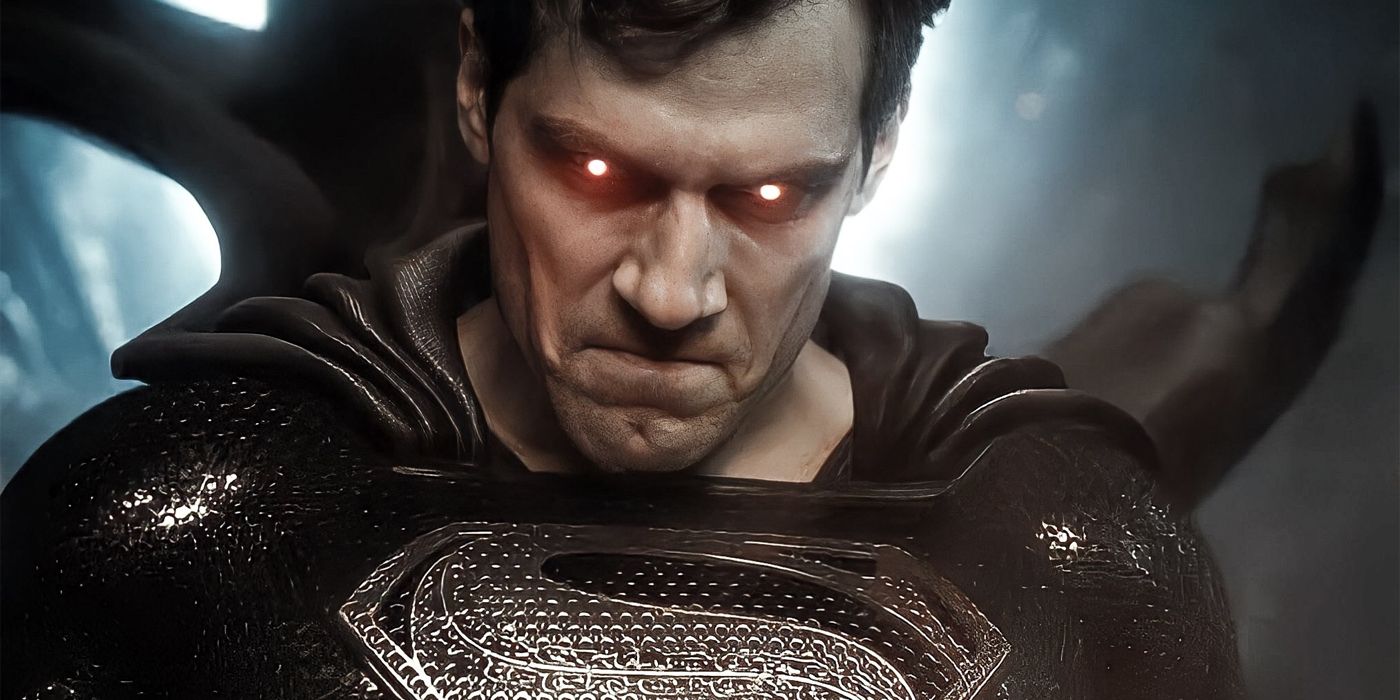
Batman’s arc carried over from his actions in 2016’s Batman vs Superman: Dawn of Justice and remained largely unchanged in the Snyder Cut. We did get a few more scenes between Bruce and Alfred, which gave us more banter between them and showcased their working relationship. They also reinforced Bruce’s isolation and loneliness, exemplified by a joke Alfred makes about needing more teacups when Batman brings the League sans-Superman to the Batcave (( Zack Snyder’s Justice League. HBO Max. Warner Bros Media, 2021. )). Action-wise, it was gratifying to see Batman test his mettle not only against more Parademons but even briefly against Superman himself before Lois saved him. But the overall arc that he still had a debt to pay for killing Superman and bringing Apokolips’s attention to Earth remained largely unchanged by Snyder. Nonetheless, it was still gratifying to see the two men closer than ever at the end of the movie. Bruce’s reclamation of the farm for Clark and his mother was a small, touching gesture between the two men to show even though he revived him, Bruce’s amends were not yet complete. And as they walk off and Bruce congratulated Clark on his engagement, audiences’ minds rested easy that all was fine between the World’s Finest.
As team-up films in action and fantasy genres continue to bring larger-than-life characters and their fans to movie theaters, scrutiny of the characters teaming up becomes ever more critical. Zack Snyder didn’t have the advantage of the Avengers setup, with characters either having had multiple solo movies prior or at least having featured in one or two. But with his four-hour feature, he still made it work, making sure none of his titular heroes were lost in all the violence and destruction. Perhaps even more important for the audience to see than the Justice League’s united strength against the forces of darkness was to see their individual vulnerabilities and their own personal struggles that make them characters to be inspired by.
